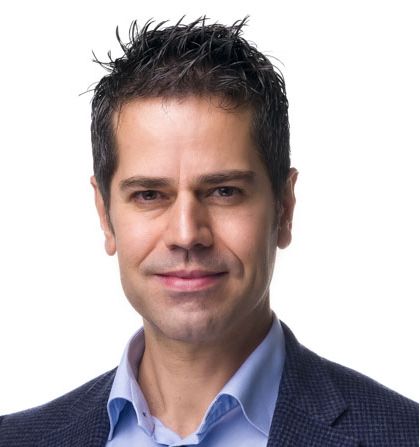971 reads
A stepwise approach to help you define a real MVP — Minimum Viable Product
by
March 3rd, 2019

Technology, Product and Innovation Advisor • Author of "The Innovation Mode"
About Author
Technology, Product and Innovation Advisor • Author of "The Innovation Mode"